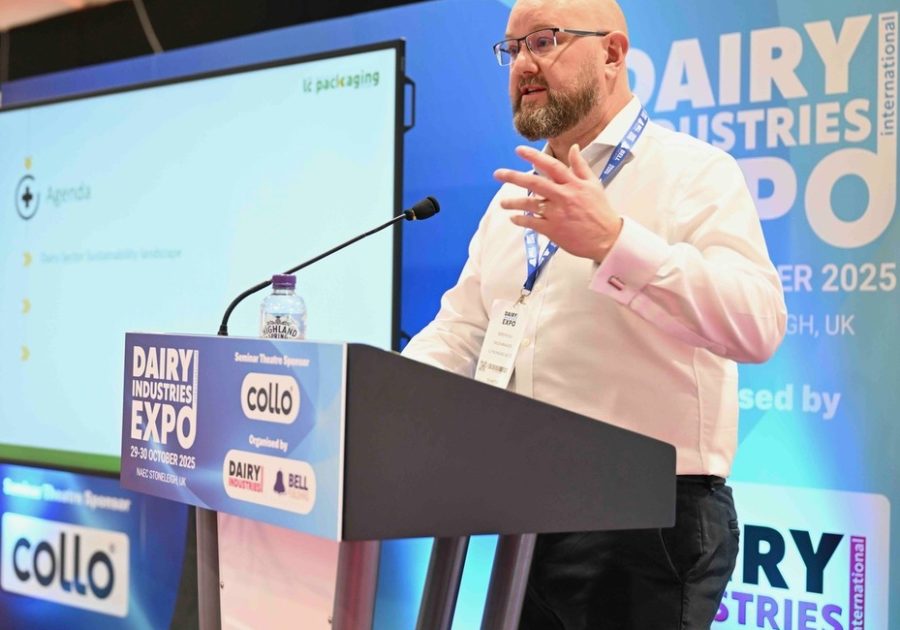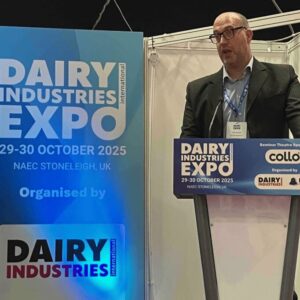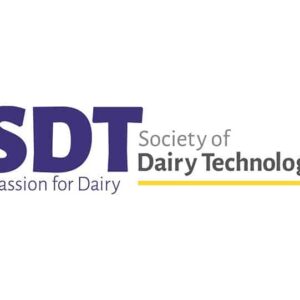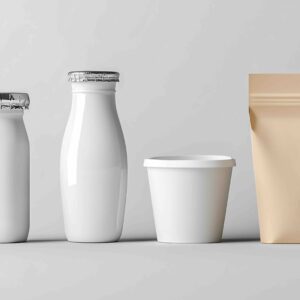Looking at bulk packaging at the EXPO

Credit: Neil McRitchie, Bell Publishing
Bulk packaging and recycling are often not taken together. Mervyn Silk, sales manager of Royal LC Packaging, challenged this idea on Thursday 30 October, about an issue close to his company’s remit, which is modified atmosphere packaging and product sustainability. He observed that in reducing waste in packaging, a lot of larger bulk packages are overlooked, such as the flexible intermediate bulk container (FIBC). “The key issue is that any product lost during production has quite a big impact. For dairy packaging, dairy related ingredients, powders and cultures are suspectable to moisture, and food safety is of top importance. There are now consumer and retailer expectations, and we can’t just say we’re doing things environmentally, with nothing to back it up. Our products are now being designed for recycling, with multi-barrier liners and easy release liners, to recycle as much as possible without impacting the product itself.”
Using a selection of gases, LC Packaging is also flushing with nitrogen for dairy powders, to offer better product safety and extended shelf life for large bags. “A MAP bag is easier to fumigate than an entire room at a plant,” he explained.
Royal LC packaging designs many types of packaging and is based in the Netherlands. It has packaged FrieslandCampina products as well as markets in Germany and Belgium for the past few decades, and it is often working on which solution fits the product best, and what conditions are they kept in. “Our 2030 ambition is contribute to a world without waste. We ensure 100% of key production partners’ employees earn a living a wage. All our employees are looked after as if they are next door, as in our site in Bangladesh.”
Overall, “transparency is essential, and we have to document packaging information, as it’s all going to change – there is post consumer recycling, changes and challenges, in a challenging, very different global market,” he concluded.






